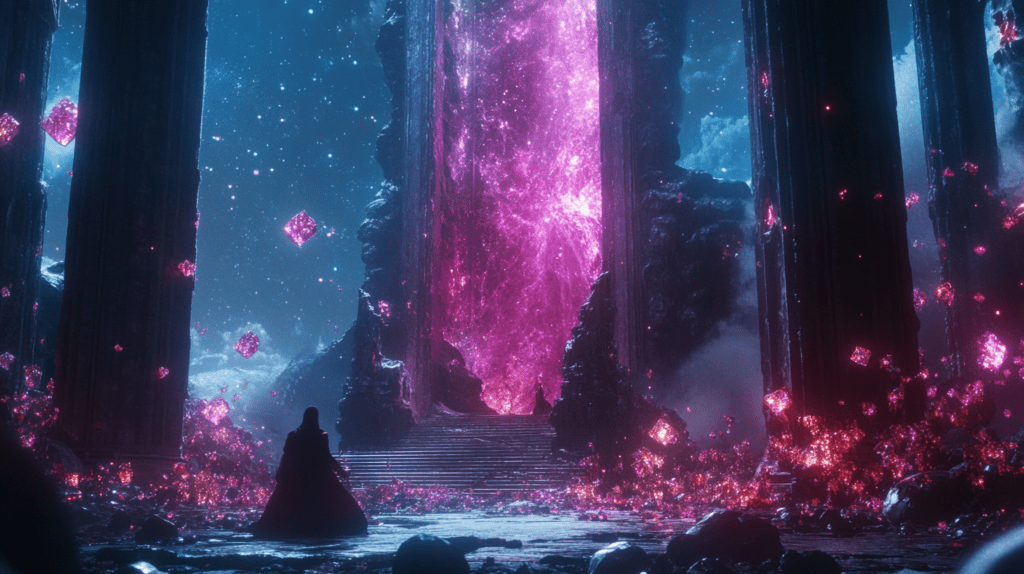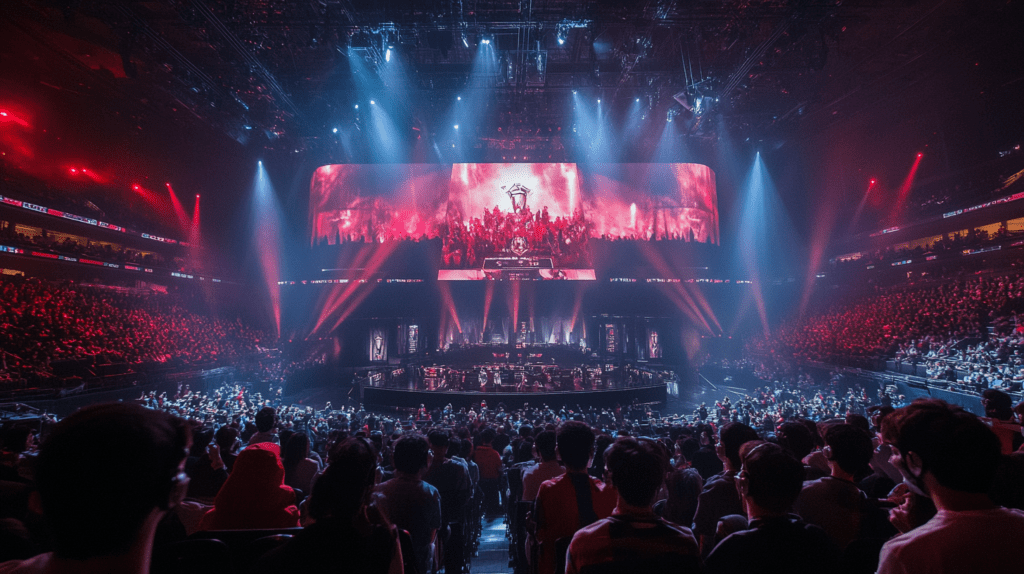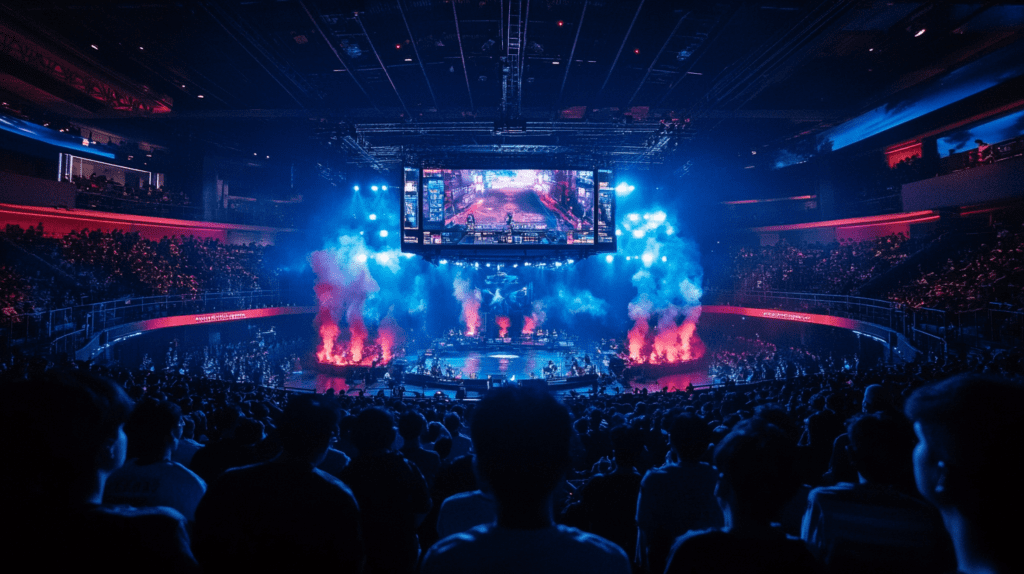What Is a League of Legends Tier List?
A League of Legends (LoL) tier list is a tool used to rank champions based on their overall effectiveness, strength, and relevance in the current meta. These lists are invaluable for players looking to make informed decisions about champion selection, whether for casual play or competitive ranked matches. A typical tier list places champions into categories ranging from "S Tier," which includes the strongest champions in the game, to "C" or "D Tier," which often feature champions that are less viable in the current meta. The goal of the tier list is to help players identify the champions that are performing the best, given the balance of the game at any given time. It offers an easy-to-read format that simplifies complex data, enabling players to make decisions about which champions to play or avoid, based on their performance in various aspects of the game.
Understanding tier lists in LoL
Tier lists reflect the constantly changing nature of League of Legends, which is influenced by regular balance changes, such as champion buffs, nerfs, item reworks, and updates to game mechanics. As these changes take place, certain champions rise in effectiveness while others may fall out of favor. Tier lists are shaped by a variety of factors, including win rates, pick rates, ban rates, and the effectiveness of champions at various levels of play. They can also consider other factors like champion synergy within team compositions, map objectives, and player skill, which can all influence how well a champion performs in any given match.
Why tier lists matter in ranked play
In ranked play, where the competition is fiercer, tier lists become especially important. They provide a strategic advantage by highlighting which champions are likely to perform well in the current meta. Using a tier list, players can better adapt to changes in the game and make more informed picks during champion select. Champions in the "S Tier" typically have high win rates, versatility, and the ability to impact games in various stages, making them more favorable choices for competitive play. For instance, a player selecting a champion from the top tiers may have a higher chance of success simply due to the champion’s power in the current meta.
Additionally, tier lists help players maximize their win rates by recommending champions who are well-suited to specific roles, such as top lane, jungle, mid lane, ADC, or support. This can give players a clear direction when choosing champions, helping them avoid picking champions that might be underperforming in the current patch. In competitive ranked play, where every match counts toward climbing the ladder, knowing which champions have the edge can provide a considerable advantage over less-informed players.
How tier lists are created and updated
Tier lists are crafted using data analysis, patch notes, high-level gameplay trends, and community feedback. Regular updates ensure accuracy by accounting for win rates, pick rates, and balance changes introduced in the game’s patches.
The Best Champions in the Current League of Legends Tier List
As of November 18, 2024, the League of Legends meta has evolved with Patch 14.22, introducing new champions and balance adjustments that have reshaped the tier lists across all roles.
Top-tier champions for each role (Top, Jungle, Mid, ADC, Support)
Based on recent analyses, the following champions are excelling in their respective roles:
Top Lane:
- Darius: Renowned for his lane dominance and ability to snowball games, Darius remains a formidable pick.
- Malphite: Offers strong engage potential and counters attack damage-heavy compositions effectively.
- Dr. Mundo: His durability and consistent damage make him a reliable choice in the current meta.
Jungle:
- Kha'Zix: Excels as a high-damage assassin with strong carry potential, especially when ahead.
- Nocturne: Provides impactful map presence with his ultimate, facilitating team plays and ganks.
- Nunu & Willump: Offers objective control and utility, making him a valuable asset in team compositions.
Mid Lane:
- Ahri: Versatile with mobility and crowd control, Ahri fits well into various team compositions.
- Lux: Provides long-range damage and utility, making her a consistent performer in mid lane.
- Vex: Offers strong burst damage and anti-dash mechanics, countering mobile champions effectively.
ADC (Attack Damage Carry):
- Jinx: Scales exceptionally well into the late game, with high damage output and team fight presence.
- Ashe: Provides utility with her crowd control and vision, alongside consistent damage.
- Kog'Maw: Delivers immense damage, especially when paired with protective supports.
Support:
- Braum: Offers strong peel and crowd control, enhancing team durability.
- Janna: Provides disengage and protection, making her a solid pick against engage-heavy teams.
- Lulu: Enhances hyper-carries with her buffs, fitting well into compositions centered around scaling ADCs.
Champions dominating the meta
Certain champions have risen to prominence due to their performance and adaptability:
- Darius: His ability to dominate the top lane and influence team fights has solidified his position in the meta.
- Kha'Zix: As a jungler, his carry potential and effectiveness in solo queue have been highlighted.
- Ahri: Her versatility and consistent performance in the mid lane make her a popular choice.
- Jinx: With recent item changes favoring her playstyle, Jinx has become a top-tier ADC.
- Braum: His utility and crowd control have made him a preferred support pick in various compositions.
Balancing changes and their impact on the tier list
Patch 14.22 introduced several balancing changes that have influenced champion rankings:
Item Adjustments: Reworks to items like Static Shiv have impacted champions reliant on specific builds, altering their effectiveness.
New Champion Introduction: The arrival of Ambessa has added a new dynamic to the game, affecting champion viability and tier placements.
Champion Buffs and Nerfs: Specific buffs to champions like Irelia and nerfs to others have shifted their positions within the tier list.
How to Use a LoL Tier List Effectively
League of Legends (LoL) tier lists are a valuable resource for players looking to optimize their gameplay and stay competitive in the ever-evolving meta. These lists rank champions based on their strength, effectiveness, and win rates, providing a quick way to identify the most viable picks for each role. However, using a tier list effectively goes beyond simply selecting the top-ranked champions. It requires an understanding of how champions perform in different matchups, how they fit into team compositions, and how personal playstyle influences their effectiveness. Whether you're a beginner aiming to pick simple champions or an experienced player looking to master high-tier picks, knowing how to interpret and apply tier lists is crucial. In this guide, we’ll explore how to use tier lists wisely, incorporating them into your champion selection process, and improving your gameplay and ranking with strategic insights.
Choosing champions based on your rank and skill level
When using a LoL tier list, focus on champions that align with your skill level and familiarity. High-tier champions can be effective, but only if you’re comfortable playing them. Beginners should prioritize simpler champions, while experienced players can leverage more complex, meta-dominating picks.
Adapting to patch updates and tier changes
Tier lists are dynamic, changing with every patch update. Stay informed about buffs, nerfs, and item changes that impact champion rankings. Regularly checking tier lists ensures you stay ahead of the meta and adjust your champion pool accordingly.
Building synergy with teammates using the tier list
Use tier lists to draft champions that complement your team’s composition. High-tier picks can be more impactful when they work synergistically with your teammates, whether through crowd control, damage output, or utility. Communicate with your team to optimize your strategy.
The Evolution of League of Legends Tier Lists
League of Legends tier lists have evolved alongside the game itself, adapting to changes in champions, items, and strategies. They reflect the game’s ever-shifting meta and provide players with insight into the most effective champions.
Historical meta shifts in LoL
Since its release, LoL has experienced significant meta shifts, from tank-dominated seasons to assassin-heavy patches and mobility-focused playstyles. These changes often coincide with Riot Games’ updates and the introduction of new champions or reworks.
The role of esports and professional play in shaping tier lists
Professional play heavily influences tier lists, showcasing the best champions for coordinated team strategies. Picks like Lee Sin and Orianna have gained prominence due to their frequent appearances in high-level matches, inspiring shifts in ranked play.
Comparing tier lists from different regions
Tier lists can vary by region, reflecting regional playstyles and preferences. For example, aggressive champions are often prioritized in Korea, while utility-focused picks dominate the European scene, showcasing how culture and strategy influence rankings.
Building Your Own League of Legends Tier List
Creating your own League of Legends tier list can be a valuable way to analyze the game and tailor champion rankings to your playstyle and goals. Here’s how to approach it effectively.
Tools and resources for creating a custom tier list
To build a custom League of Legends tier list, use tools like TierMaker, Mobalytics, U.GG, and OP.GG for champion stats, win rates, and pick rates. Riot’s official patch notes provide crucial insights into balance changes. LOLNow.gg offers detailed guides and champion analyses, helping you understand their strengths and roles in the current meta. These resources enable you to create an informed and personalized tier list.
Factors to consider: win rates, pick rates, and counter matchups
When building your tier list, focus on key data points:
Win Rates: Champions with high win rates are often strong picks in the meta.
Pick Rates: Frequently picked champions may reflect their popularity and effectiveness.
Counter Matchups: Understanding how champions perform against others helps you rank them appropriately based on versatility and counterplay.
Comparing your tier list to professional and community versions
Once your tier list is complete, compare it to versions created by professional players, analysts, and the LoL community. This comparison helps validate your rankings and identify trends you may have overlooked, allowing you to refine your list and stay competitive in the ever-evolving League of Legends meta.
Top Websites and Resources for LoL Tier Lists
When seeking updated League of Legends tier, several reputable online sources and resources are available:
The best online sources for updated League of Legends lists of tier
U.GG: Provides comprehensive tier lists, champion builds, and runes, updated regularly to reflect the latest patch changes.
Mobalytics: Offers in-depth analyses, including tier, champion statistics, and personalized recommendations based on your gameplay.
LOLNow.gg: Features detailed guides, builds, and analyses for various champions, assisting in understanding their strengths, weaknesses, and roles within the current meta.
Mobile apps for on-the-go tier list consultation
Mobalytics App: Allows access to champion tier, builds, and personalized insights directly from your mobile device.
U.GG App: Provides quick access to tier lists, champion statistics, and builds, ensuring you have the latest information at your fingertips.
Community forums and discussions for LoL tier list insights
Reddit's r/leagueoflegends: A vibrant community where players discuss tier, strategies, and the evolving meta.
OP.GG Community: Offers forums and discussions where players share insights and experiences related to tier lists and champion performance.
League of Legends Tier Lists for Beginners
For new players, League of Legends tier lists can be a helpful tool in understanding which champions are easiest to pick up and most effective in the current meta.
Simplified tier lists for new players
Simplified lists focus on champions that are beginner-friendly, easy to learn, and effective in gameplay. These lists highlight champions with straightforward abilities and a low learning curve, allowing new players to focus on mastering the basics of the game.
Starter champions to learn each role
- Top Lane: Garen, Malphite
- Jungle: Amumu, Warwick
- Mid Lane: Ahri, Orianna
- ADC: Ashe, Jinx
- Support: Janna, Leona
These champions are chosen for their strong presence in the game and their simplicity, making them ideal for new players.
Tips for improving your gameplay using tier lists
Use lists of tier to guide your champion selection, focusing on high win-rate champions that fit your playstyle. Regularly update your tier list based on patch changes and pro play trends. Practicing with champions in higher tiers can also help you climb the ranked ladder more efficiently.
Frequently Asked Questions About LoL Tier Lists
How often are tier lists updated?
Lists of tier are typically updated after major patches or balancing changes, usually every two to three weeks.
Are lists of tier accurate for casual players?
While lists of tier are designed with all skill levels in mind, they are often more tailored to higher-ranked or competitive play, so casual players may find some variance in effectiveness.
Which websites or creators provide the most reliable LoL lists of tier?
Popular sources include Mobalytics, u.gg, ProGuides, and Tierlist.gg, as well as tier lists created by well-known players or streamers like LS or Thebausffs.
Do tier lists vary by region?
Yes, regional metas can differ significantly, so tier lists may prioritize champions differently based on regions like NA, EU, KR, or CN.
How do balancing changes affect lists of tier?
Patch notes and nerfs/buffs can move champions up or down in the list of tier, reflecting changes to their win rates, popularity, or overall effectiveness.
Are lists of tier useful for team coordination in ranked games?
Yes, they can guide team composition by highlighting meta champions that synergize well together or counter popular picks.
Why do lists of tier sometimes differ between sources?
Different creators may have unique criteria for ranking champions, such as focusing on win rates, pro play statistics, or personal experience, leading to variations.
Can I rely on lists of tier for off-meta picks?
Lists of tier generally focus on meta champions, but they may still include off-meta options if they perform well in specific scenarios or against common picks.
How should I use a list of tier if I’m stuck in a specific rank?
Focus on champions in higher tiers for your rank, prioritize those with low skill ceilings if you’re learning, and choose champions that fit your preferred playstyle.
What’s the difference between lists of tier for solo queue and professional play?
Lists of tier for solo queue prioritize champions that excel in individual performance, while pro play tier lists focus on team synergy, coordination, and draft flexibility.
Visit LOLNOW.GG to get all the latest news and updates about LOL and League of Legends!









